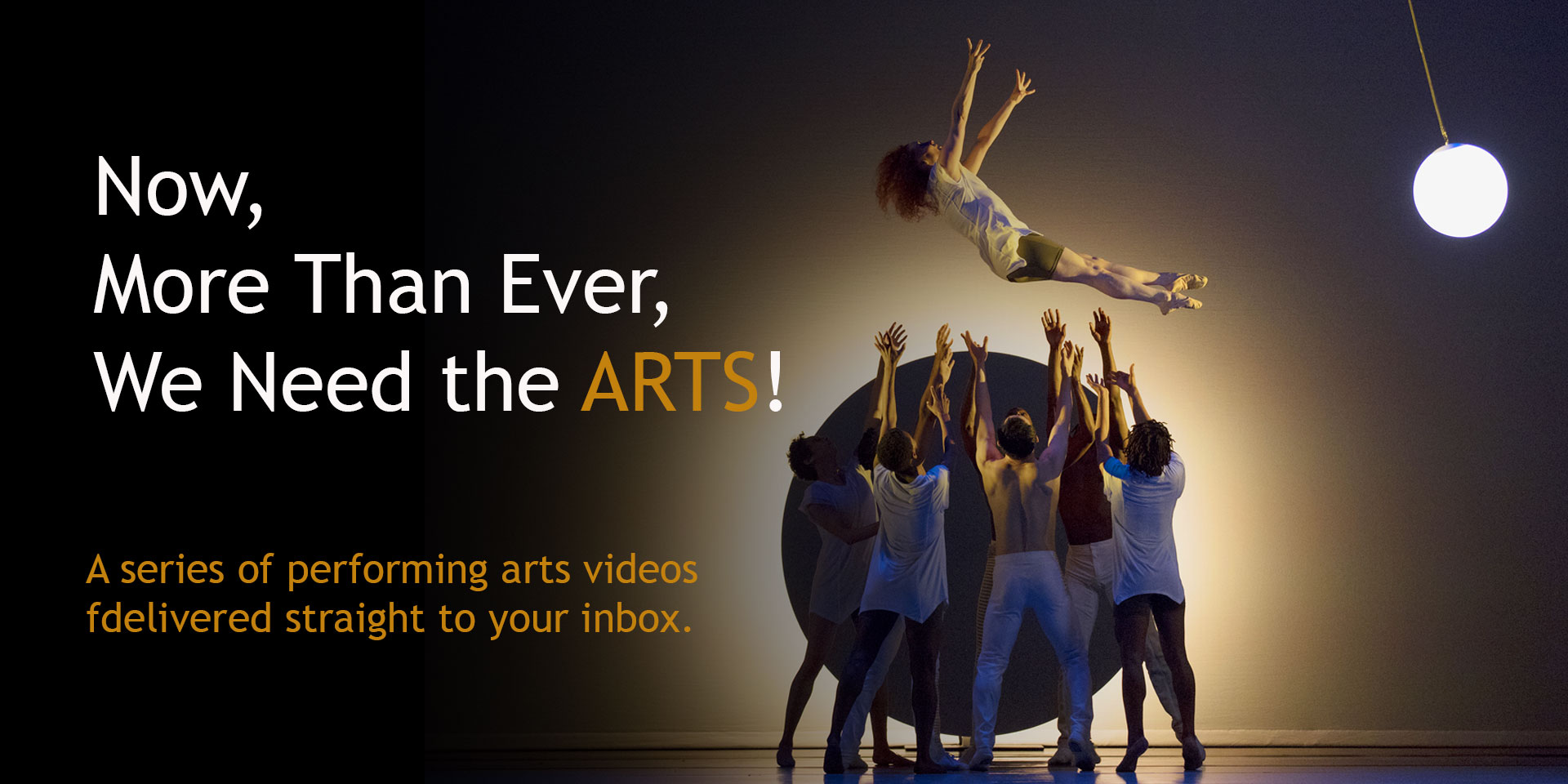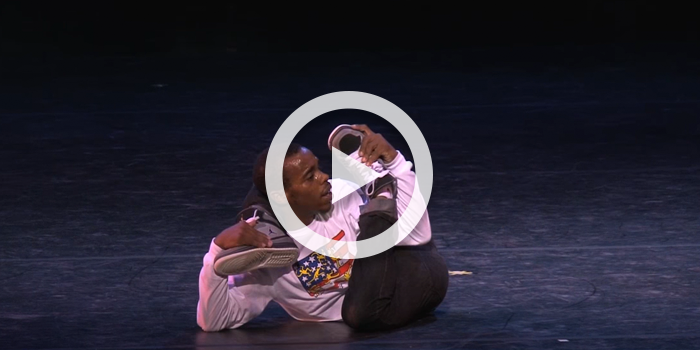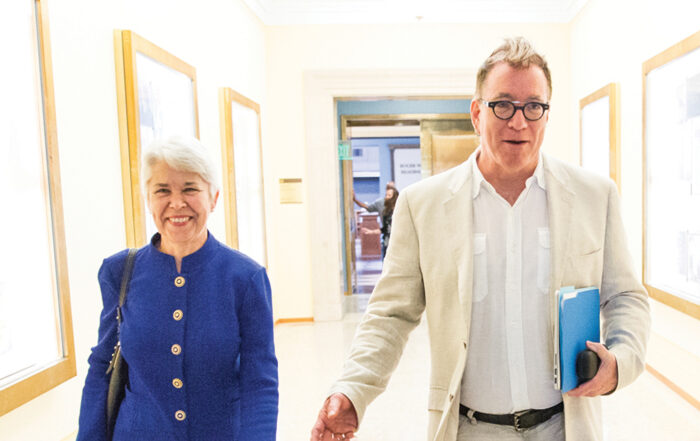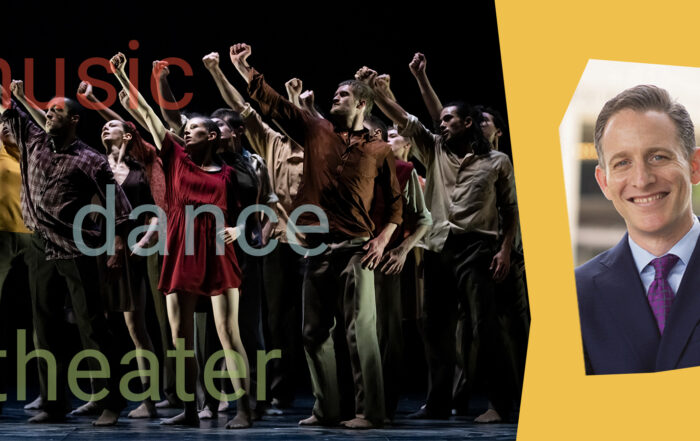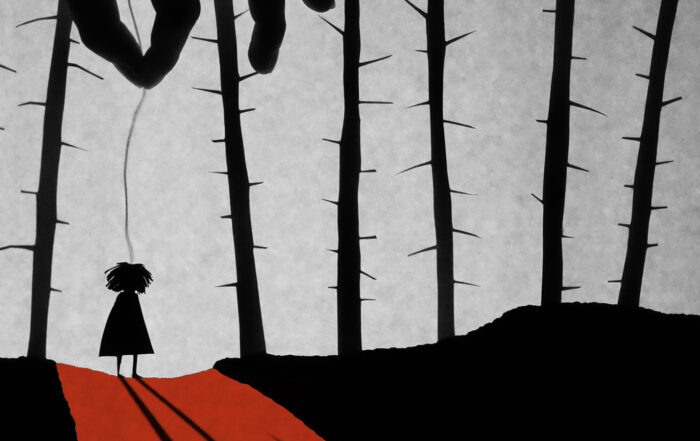In this issue: Choreographer Vaslav Nijinksy’s Prélude à l’après-midi d’un faune performed by Rudolf Nureyev; Wagner’s: Prelude to Lohengrin performed by Lucerne Festival Orchestra and conducted by Claudio Abbado; Debussy’s Toccata from Pour le piano performed by pianist Beatrice Rana; “Pilgrim’s Chorus,” after Wagner’s Tannhäuser performed by pianist Donald Lambert; Debussy’s Cello Sonata performed by cellist Gautier Capuçon and pianist Jorge Viladoms; Wagner’s Prelude and “Liebestod” from Act 3 of Tristan und Isolde performed by soprano Kirsten Flagstad with Philharmonia Orchestra conducted by Wilhelm Furtwängler.
Now, More Than Ever: Issue 9
Today’s edition of Now, More Than Ever is a bit of an experiment, a departure from our format of the past few weeks. Instead of choosing YouTube clips spotlighting a wider variety of genres and artists, I thought we would focus on two influential composers, each a revolutionary in his own way. The idea came to me as I recalled a quote from the French composer Claude Debussy, when he described the music of the German Richard Wagner as “a beautiful sunset mistaken for a dawn.”
Wagner’s Tristan und Isolde (1857–59) uproots the accepted order of harmony, and the magic is that we spend four-and-a-half hours searching for resolution that arrives only in the work’s final minute. In the second full bar of the score, we encounter the “Tristan Chord,” certainly the most famous in all music history, and then we are held in suspense until resolution arrives at the end of the entire opera, when the heroine achieves transfiguration to be united with her lover. When that music first sang out, there was much talk throughout the continent as to whether or not Wagner’s work represented a “sunrise” in European music.
Later, in France, Debussy initially was an incredible fan of this powerful “German music.” As a young composer, he had heard a performance of the first act of Tristan in Paris and become obsessed, going on to spend two summers in Bayreuth. (You can hear the influence of this experience throughout his earlier compositions.) Ultimately, however, he reached the conclusion that the harmonically oversaturated late-Romantic language Wagner epitomized should be considered more of a period than a comma, that Wagner had taken his musical language as far as it could go. So, Debussy proceeded to forge his own path, one more tonally focused, and one with its own types of experiments, in which the music became more direct and succinct. What Debussy conveys in the 10 minutes of his Cello Sonata, Wagner might not have been able to accomplish in a two-hour act in one of his operas. Looking at these men’s morals through contemporary eyes, neither was a saint (in fact, Wagner was, in many ways, a pretty loathsome human being). But the music they left us is a strong argument for divorcing the art from the artist.
Debussy: Prélude à l’après-midi d’un faune
Rudolf Nureyev
Choreography by Vaslav Nijinksy
Scenery and costumes by Léon Bakst
This revival of the original Ballets Russes production (1912) of Nijinsky’s setting of Debussy’s beloved symphonic poem gives us a chance to appreciate both the original and scandalous choreography as well as the charisma and consummate skill of Rudolf Nureyev, one of the most celebrated and ingenious dancers of the 20th century. (I read somewhere that the Nureyev’s manager, hoping to “preserve the mystery,” was rather sparing in his approval of filmed recordings of this artist; if that’s true, we can be thankful that, in this instance, he relaxed the prohibition.) Originally, Nijinsky’s choreography was incredibly controversial, not simply for its shockingly erotic final gesture, but for its extreme stylization of movement, abandoning ballet tradition and employing an entirely different kind of choreography that he felt was inspired by the art found on Grecian pottery. Debussy’s score (written nearly 20 years earlier) was actually something of a revolution itself (if a quiet one), in that it is based on what had become known as the “Devil’s Interval,” the tritone considered the most dissonant interval in Western harmony (and something avoided by composers for centuries). But you would hardly know it, so serene and seductive is this music. Here you can only stand back and marvel at Nureyev’s exquisite control, and how he negotiates the piece through such incredibly slow, languid, and fluid movements—the polar opposite of the dazzling, explosive leaps for which he was also famous. It’s worth noting that this historic production premiered only a year before another great and revolutionary work, also choreographed by Nijinsky, Le Sacre du printemps (The Rite of Spring).
Wagner: Prelude to Lohengrin
Lucerne Festival Orchestra
Claudio Abbado, conductor
You know that moment when you’re sitting in a window seat and the airplane suddenly breaks through the clouds, lifting you up into dazzling sunshine and a bright blue sky? That’s sort of how I feel about Wagner’s Prelude to Lohengrin, so transporting and delicate is its effect. It’s also deceptively difficult to pull off; the slightest misstep with the dynamics will ruin the effect of this wondrous tapestry of sound. Here the brilliant Lucerne Festival Orchestra—a powerhouse ensemble handpicked by the legendary Claudio Abbado (in this video, near the end of his life and painfully thin following several bouts of cancer)—turns in an exquisite, focused, and sustained performance. I won’t say more; music this heavenly speaks for itself.
Debussy: Toccata from Pour le piano
Beatrice Rana, piano
Debussy was meant to be a virtuoso performer, but when those plans didn’t pan out, he had to earn his living by giving piano lessons. (Allegedly, the composer was so penniless that he had to teach a lesson on the day of his first marriage, simply in order to take his bride to dinner.) This toccata is from an early work, Pour le piano, a three-movement suite based on Baroque dances. Earlier this week, we looked together at a Prokofiev toccata performed by Yuja Wang; this early work by Debussy is another favorite of mine and is played by the brilliant young Italian pianist Beatrice Rana (a major talent!). The word “toccata” derives its meaning from the Italian/vulgar Latin meaning “to touch” and these are essentially free-form pieces designed as a showcase for virtuosity. What I love about this example is its clarity; there are many notes—and Rana’s pianism is pretty extraordinary—but essentially, the music plays out in one seamless line.
“Pilgrim’s Chorus,” after Wagner’s Tannhäuser
Donald Lambert, piano
For a different take on Wagner (entirely!), here’s a wonderful and refreshing stride-piano version of some familiar music from Tannhäuser. Anyone who has heard either the overture or the entire opera will recognize this theme, but I’m guessing few will have heard it performed in quite the same way as here, by the brilliant Donald Lambert, in a performance from 1941. The pianist started out playing in New York nightclubs but soon decided that this was not the life for him; he spent the rest of his career working in sleepier venues in New Jersey and its environs, rarely venturing into Manhattan. One of the masters of stride piano—a technique developed in Harlem in the 1920s in which the right hand handles the melody while the left hand keeps busy playing single bass notes or octaves on the strong beats and chords on the weak beats—his remarkable playing is a celebration of texture and rhythm. Just think of what that left hand must have looked like during this performance!
Debussy: Cello Sonata
Gautier Capuçon, cello
Jorge Viladoms, piano
Late in his life, Debussy began work on a project that was intended to be six sonatas for various instruments. He only completed half of them before his death, and this is the first. During this period, Debussy had become proud of the composer antecedents of his country—he actually signed the manuscripts of the three extant sonatas in this series, “Claude Debussy, musicien Français”—and you can hear in this piece his homage to composers from the French Baroque, namely Rameau and Couperin. For a man who is often thought of as one of the fathers of musical Impressionism (a term he refuted), this is a surprisingly extroverted piece. At once there is texture, but there is also clarity of line and so many delightful sounds (as with the pizzicato passagework in the second movement), but the composition is also brilliantly succinct and direct.
Wagner: Prelude and “Liebestod” from Tristan und Isolde
Kirsten Flagstad, soprano
Philharmonia Orchestra
Wilhelm Furtwängler, conductor
There are very few pieces of music as intoxicating as the grand Prelude to Wagner’s Tristan und Isolde; if you aren’t totally sucked in by the two-minute mark—into this vast and cinematic sweep of sound—perhaps you aren’t listening closely enough. And this is a terrific performance featuring two of the most influential artists of the 20th century. Furtwängler certainly had his own complicated history, choosing to stay in Germany during WWII—the subject of enormous controversy to this day—and he also had a conducting technique that was entirely his own. (A musician who played under him once remarked on the conductor’s reluctance to offer a clear downbeat, leaving musicians to enter after “the thirteenth preliminary wiggle.”) But what he creates here is a rhapsodic performance of white-hot intensity—and it feels like everyone in the orchestra is caught up in the same sense of mission. The Prelude and “Liebestod” are separated in the opera by more than four hours of music, but a tradition was established during Wagner’s lifetime to combine them in an orchestral version (sometimes, as here, performed with a soprano). This performance, from a studio recording of the full opera, features Furtwängler’s dramatic soprano of choice, the Norwegian Kirsten Flagstad; there are more lyrical voices, certainly, but no one can deny this legendary singer’s power in the piece in which, standing over her lover’s lifeless body, Isolde literally wills herself to death to be reunited with him. It’s hard when listening to comprehend how revolutionary this music was, so distant in time is that revolution, but thinking back to Debussy’s assessment of Wagner, if this is a sunset, it’s an unforgettable one.
Now, More Than Ever Full Playlist
Now, More Than Ever Spotify Playlist


